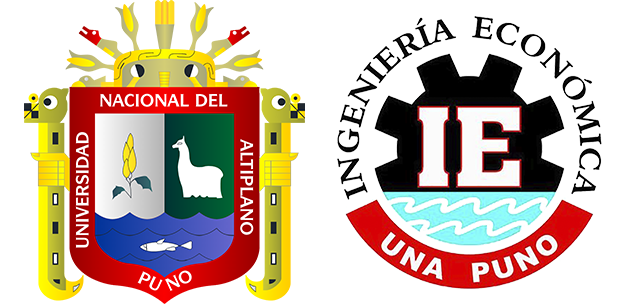Projection of potato production in Puno. An application of the Box-Jenkins methodology
Keywords:
Seasonality, Titicaca lake, Peru, SARIMA, Solanum tuberosumAbstract
Potato is the fourth most important food crop in the world that serves as a diet for the rich and the poor. Puno is the department with the highest production of potatoes in Peru, a country where more than 4,000 of the 5,000 existing varieties are found in the world and where the cultivation originated. The main objective of this research was to identify the best seasonal ARIMA model (or SARIMA) to model and forecasting potato production in Puno, using the Box-Jenkins methodology. The study considered monthly data on potato production in Puno between 2007 and 2017. The best model found for the modeling and forecasting of potato production in Puno is SARIMA (1, 1, 2)(1, 0, 1)12 using the Akaike Information Criterion (AIC) and Schwarz Criteria (SC). Finally, the twelve-month forecasting of potato production is presented to be used for policy decisions in the agricultural sector.















